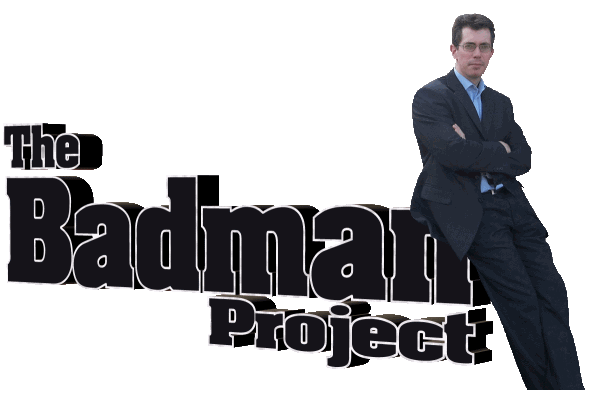 Video cameras are pretty expensive things and it turns out that if you want to make your own movie, you have to get hold of one.
Video cameras are pretty expensive things and it turns out that if you want to make your own movie, you have to get hold of one.Now my mother lent me her old Sony camcorder to play around with a few months ago. It was rubbish on account of being at least a baker's dozen years old. Not even close to suitable for a job like this!
Stead and I spent quite some time deliberating on what sort of camcorder to get hold of for this project. Do we splash out on a High Definition (HD) camera? Do we buy one with a hard disk, one with DVD or stick with tape?* Eventually, we decided on a standard definition MiniDV (tape) based Panasonic DVC20. And here's why.
First up, HD is still pretty new when it comes to camcorders. That means that not only is it expensive, but the manufacturers haven't had the chance to iron out any bugs. At the time of writing this, it seems that there are quite major problems (in our budget range) with using HD recording equipment in low light levels - in fact, anecdotally, the guys that made Torchwood for the BBC invested rather a lot of money in HD cameras only to find that the quality was awful at low light. hence many scenes that should have been quite creepy and dark had to be filmed on a bright, shiny set. The Cyberwoman episode is an example of why this wasn't their best laid plan!
On that basis, we've decided that we'll stick with the tried and true Standard Definition, which is still going strong, works in the dark and, most importantly, we can afford!
So... how do you store your recordings? Tape? Disk? Hard drive? You can even get flash based cameras. Yay. The one thing we found in relation to all but one of the storage media, however was compression. Even on the 60gb hard disk models, the image was compressed into a MPEG2, which meant loss of quality. Our primary goal with the camera is to get the recording 'clean to tape' in the best quality we can manage. And if we're having to compress it before we even get the stuff off the camera, then we're in trouble!
Tape it is then. Of course tape comes with it's own inherent problems. Moving parts for one. As we all know, moving parts are prone to wearing out and breaking down. Something to keep an eye on then. Playing back your footage relies on rewinding and fast forwarding on tape, as opposed to simple scene selection on the other media. And transferring it to the computer for editing has to be done in real time. All small prices to pay for better quality recording, in our view.
Plus, when we looked on ebay, we discovered we could get all of this gubbins for just over £800:

(*Get it? Stick. With Tape! Aha ha ha ha ha!)

No comments:
Post a Comment